
The Vickers Wellesley was a British 1930s medium bomber built by Vickers-Armstrongs at Brooklands near Weybridge, Surrey, for the Royal Air Force. While it was obsolete by the start of the Second World War and unsuited to the European air war, the Wellesley was operated in the desert theatres of East Africa, Egypt and the Middle East. It was one of two planes named after Arthur Wellesley, 1st Duke of Wellington, the other being the Vickers Wellington.
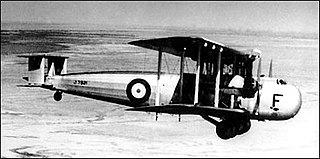
The Vickers Valentia was a British biplane cargo aircraft built by Vickers for the Royal Air Force. The majority built were conversions of the earlier Vickers Victoria.

The Vickers Type 56 Victoria was a British biplane freighter and troop transport aircraft used by the Royal Air Force, which flew for the first time in 1922 and was selected for production over the Armstrong Whitworth Awana.
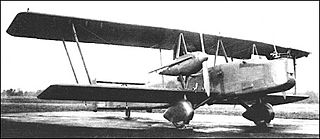
The Vickers Vanox was a British biplane bomber design intended as a successor to the Virginia for the Royal Air Force. Although it underwent extensive development, it was not successful, only a single aircraft being built.

The Bristol Type 146 was a British single-seat, eight-gun fighter monoplane prototype built to a mid-1930s Air Ministry contract. Powered by a radial engine, it was outclassed by Merlin-engined fighters and only one was built.

The Vickers Vireo was an experimental low wing all-metal monoplane built to explore both all-metal service aircraft and the use of catapult launched ship board fighters. Only one was built.

The Vickers Viastra was an all-metal 12-seat passenger high-wing monoplane, with variants powered by one, two and three engines. Two twin-engined Viastras operated commercially in Australia from 1931-6; another served as a Royal transport.
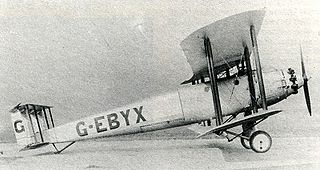
The Vickers Vellore was a large biplane designed as a freight and mail carrier, in single-engined and twin-engined versions, which saw limited use as freighters and long-range experimental aircraft. A final variant with a broader fuselage, the Vellox, was built as an airliner.

The Vickers Type 161 was an unusual 1930s pusher biplane interceptor, designed to attack aircraft from below with a single upward-angle large calibre gun. The aircraft flew well but the concept was abandoned and only one was built.

The Vickers Type 207 was a single-engined two-seat biplane designed as a shipborne torpedo bomber to an early 1930s specification. Structurally innovative, only one was built.

The de Havilland DH.27 Derby was a large single-engined biplane designed to a heavy day bomber Air Ministry specification. It did not reach production.

The Fairey G.4/31 was a British single-engined, two-seat biplane contender for an Air Ministry specification for a multi-role or general purpose aircraft. Unsuccessful, only one was built.
The Fairey S.9/30 was a two-seat, single-engined biplane built to meet an Air Ministry specification for a fleet reconnaissance aircraft. It flew during 1934-6 in both land- and seaplane configurations. Although only one was built, it was the progenitor of the Fairey Swordfish.
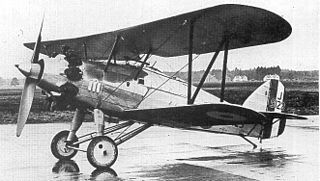
The Hawker F.20/27 was a British fighter design built to an Air Ministry specification for an interceptor in the late 1920s. It was a single-seat biplane powered by a radial engine; the very similar but V-12-engined Hawker Fury development proved superior and only one F.20/27 was built.

The Handley Page H.P.43 was a three-engined biplane bomber-transport built to an Air Ministry specification. It did not fly well and the biplane configuration was out-dated at completion; the only one constructed was later turned into a monoplane and led to the Handley Page H.P.54 Harrow.
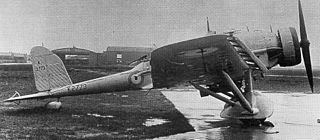
The Handley Page H.P.47 was a British single-engined low-wing monoplane built to an Air Ministry specification for a general-purpose bomber and torpedo bomber aircraft. Only one was built.

The Boulton & Paul P.15 Bolton was a one-off experimental twin-engined reconnaissance biplane ordered by the Air Ministry to sustain Boulton & Paul's development of steel framed aircraft early in the 1920s. It was the RAF's first metal-framed aircraft.
The Parnall Perch was a single-engined, side-by-side-seat aircraft designed in the UK to meet an Air Ministry specification for a general-purpose trainer. No contract on this specification were awarded and only one Perch was built.

The Parnall Pipit was a single-engined, single-seat naval fighter designed to an Air Ministry specification in 1927. Two prototypes were built but both were destroyed by tail flutter.
The Westland PV.7 was a private venture submission to a 1930s British specification for a general-purpose military aircraft with two crew. It was a single-engined, high-wing monoplane of promise, but was destroyed early in official tests.

















